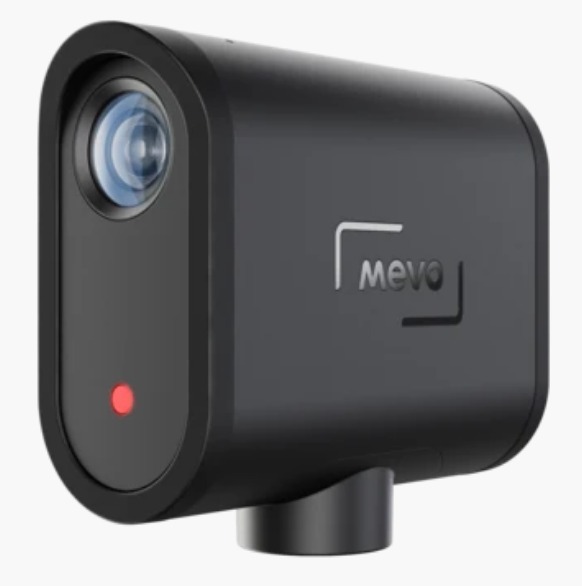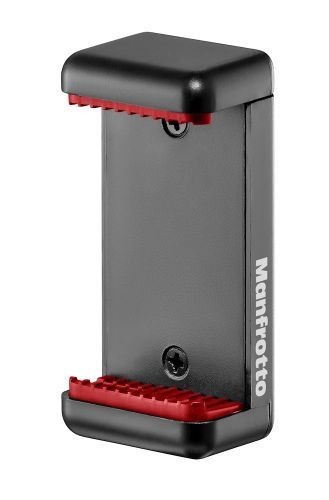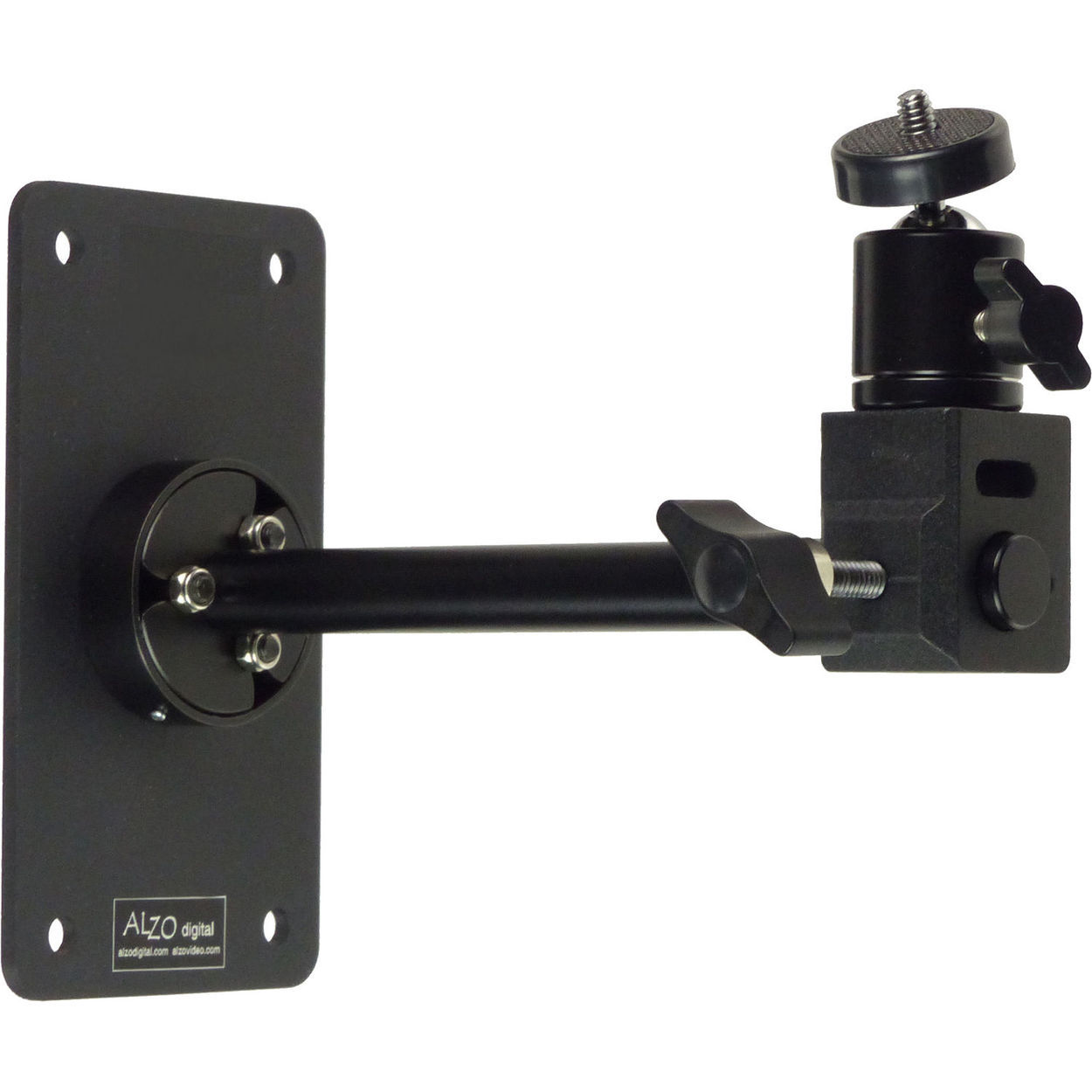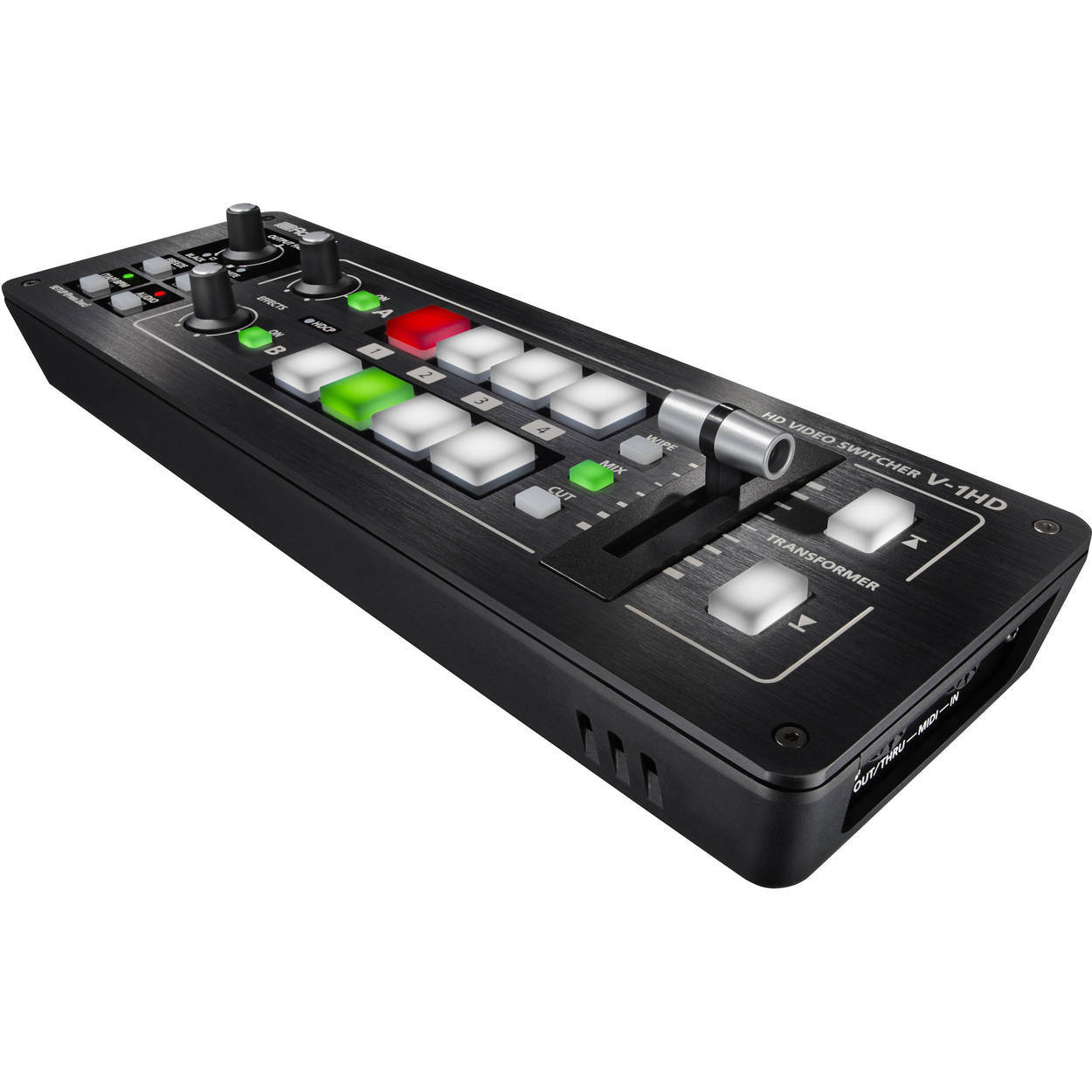
Livestream tips and tools

Congregations are looking for ways to reach new people through by live streaming worship and other ministry events. Are you wondering how to improve your livestream? We've gathered some tips and tools for local churches to consider as they enhance the online worshipping experience.
Now that you’ve seen all the different ways of doing online worship, don’t be overwhelmed by all the new tech options. If it seems overwhelming, the key thing to remember is scale – megachurch, rural, and everything in-between. You can be just as innovative as you want, and remember that innovation is a part of our Methodist legacy. We’d like to help you navigate the options and provide some suggestions.
Whatever re-opening phase you’re in, you’ve got believers who want to continue worshiping online. You likely have the toughest part behind you, of simply getting an online worship community started (if you haven’t, see articles on beginning streaming here). Along the way, you’ve also discovered a plethora of tech solutions, many of which are very complicated, "techy". Let’s focus on a few simple tech issues here: cameras, camera support, audio, and signal processing (or, how do I get my audio and video into the internet?). This won’t be an exhaustive list, but you can always search the internet for more products and solutions.
It takes a Team: If you don’t have any teens or tech geeks in your church, now is a great time to invite an un-churched stranger into your fold. Teens are raised on tech, especially during the coronavirus pandemic. Tech geeks may find it hard to volunteer for other types of duties. They may find a calling through volunteering for a very important role in your church through tech team participation.
Cameras

Mevo Start Camera
For your online worship, you have several types to choose from, but the most helpful features are a long zoom capability, a microphone input jack, and removable memory storage.
- A simple smartphone, but the drawbacks are that most have only wide-angle lenses, built-in mics that pick up echo, and battery life.
- New cameras are always being developed for streaming, including the Mevo Start ($400), an all-in-one solution, which you can evaluate here. This replaces the discontinued Mevo Plus, which we used to send facebook live updates from General Conference 2019 here. The Mevo Start has lots of features to make things simple, but it has limited zooming, and the built-in microphone picks up echo, as you can hear here, and is not especially easy to incorporate into a switching environment.
- A favorite for all-around church use is the Canon Vixia HF R800 ($249) which has a good zoom, and external mic input jack, and reliable construction. It can also be used as a good camcorder for other church events (which can be a two-edged sword).
- A more expensive, but complicated camera type is the PTZ (pan-tilt-zoom), which needs a remote controller, usually a computer, and is best mounted on the wall in the back of the sanctuary. These generally don’t have built-in microphones, but have an impressive zoom range to match their often impressive price tags, usually $1500 or more.
Update: Chad Bremmon, technical advisor at Aberdeen North Highland UMC, shared a new type of camera he's looking into, a 4K camera that can output two video images (one full-frame, and one cropped) simultaneously. The PTZOptics ePTZ camera starts at around $500 and has some unique features you may want to read about. Thanks, Chad!
Camera support

Phone clamp
A simple, stable, and reliable camera support is essential, and much better than a stack of United Methodist hymnals on a chair. A tripod is the simplest for portable use, and many models cost under $100, or donated by a parishioner, or found at a rummage sale. This is old, but very necessary, technology. Manfrotto, Joby, Magnus, Slik, Sunpak, and Velbon are a few brands offering decent models at modest prices. You don't need a more pricey "video" tripod unless you plan to smoothly pan and tilt the camera.
If you are using a smartphone, there is an explosion of phone clamps(see photo) available beginning around $10 for a good-quality clamp, which can be screwed onto a tripod for great stability. Manfrotto is a good place to start looking.

A typical wall-mount will keep your camera safe, and focused on the chancel.
For a dedicated, more permanent and trouble-free mount, use a wall-mount bracket near the sound system in the back of your sanctuary. You can mount it high enough to avoid tripping and damage, and it allows the camera to see over a standing congregation. Google “Camera wall mount bracket”.
Audio
The most crucial component of a livestream is the audio, although I won't elaborate on that equipment here. People will be inspired and discipled by your words and scripture, more than by your image accompanied by unintelligible noise. The best audio will almost always come from your sanctuary’s sound system, so a “mic-level output” jack from your sound board, connected to the mic input of a camcorder or PC, will give you the lowest-cost, most trouble-free audio for your online program.
If you don’t have a sound system, and are using the camera’s built-in mic, get the camera as close to the pulpit as possible, to help the speaker’s audio overpower the echo coming from the rest of the sanctuary. This is simple, yet crucial.
There are microphones you can connect directly to a smartphone, but this can get complicated and unreliable. Never sacrifice good audio while trying to improve the video image, or trying to conceal the camera.

The Roland V-1HD switcher is a proven hardware video switcher.
Switchers
If you're ready to add computer graphics, lyrics, multiple cameras, or video clip playback, you will want to add a video switcher, and a person who can operate it, to your system. Gone are the days of large, Houston Mission Control-type consoles for switching camera signals in churches. The personal computer revolutionized that, and now even stand-alone switchers are available, costing less than most PCs. Here are a few random ones, in various price and functionality ranges.
- Hardware switchers, such as NewTek’s Tricaster Mini, can be very expensive and complex to operate, but contain all the input ports you’ll usually need.
- Free switching programs, such as OBS, can have a steep learning curve but offer lots of industrial-level options and flexibility. You will need additional hardware to connect multiple cameras or other sources to the computer, and the computer will need to be powerful to handle all the signal processing. Other software solutions are available for a nominal price, and are usually easier to operate.
- Lower-cost switchers, like the Roland V-1HD ($995) are a reliable choice, and fairly simple to connect and operate.
Additional resources
-For more tips on streaming, start with United Methodist Communications.
-An interesting blog from Jake Gosselin for small churches.
Here is an incomplete list of worship tech resources for projection, which couple well with an online stream:
-Easy Worship $15/mo. or $399 purchase
-ProPresenter $0 trial version or $399 purchase
-MediaShout $0 trial or $399 purchase
-Powerpoint for nonprofits from Techsoup.com
Remember, all the technology in the world won’t give you a better online presence if you don’t have a happy tech crew to operate it, and a simple operation mode so it works every Sunday, rain or shine. If you have any questions, contact me here. I'm happy to share what I know to help your online presence. See you online!